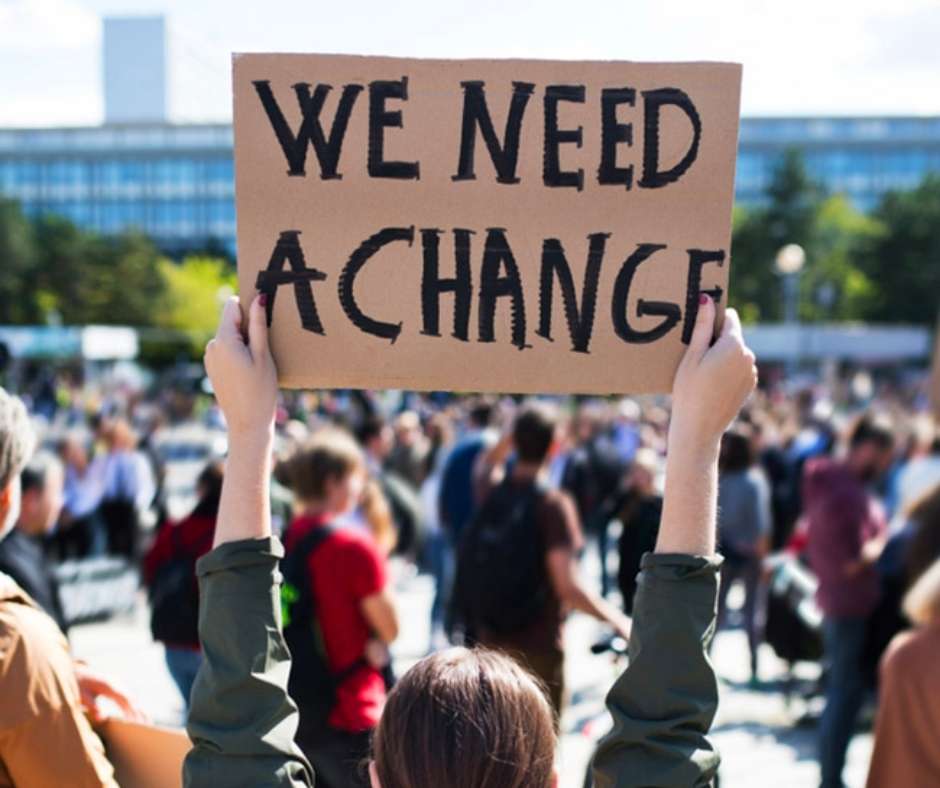Brand relationship between business and has experienced enormous changes in recent years. The times when brands used to tell consumers what they needed or wanted are over. People know exactly what to buy because they ask questions, Google products, read reviews, research and compare. Consumers have changed and they relate to brands in a completely different way.
So what do brand-consumer relationships look like in a consumer-first world?
Multi-directional peer communication
Thanks to the emergence of new media formats and possibilities such as blogs and social media, communication has changed. People have immediate access to information and they can share their opinions with the world with just a click.
Brands and consumers meet in the same virtual space and the whole interaction happens at the same level. It is not top-down anymore. One-way messages have transformed into dynamic peer-to-peer conversations where brands have been humanized.

People connect with brands that share the same values and ideals, and who are not afraid to defend them in public. In other words, consumers demand from brands that they behave in a more human way. They are still brands, however, and should find the right balance between too friendly and too impersonal.
Subjectivity and individualization
The constant use of social media by brands, institutions and individuals has reinforced the unique needs of customers. People can stand out from the crowd by speaking loud and clear about their wishes and hopes. Brands need to engage.
The challenge is understanding how to use tons of anonymous data to connect with individuals.
The solution? Listening. Reflect on customer insights and pay attention to current issues. The next step is to communicate in the same language. That has to happen on the same channels and at the same time. Moreover, brands need to talk about what really matters to customers.
In other words: people want brands that are transparent and ethical. Also, brands that care for them and contribute positively to their lives as individuals.
Action and brand relationship go hand in hand

One disadvantage of widespread online and offline marketing is that people are pretty tired of a world where so many promises are broken and so many words don’t mean a thing. We all appreciate a certain level of consistency.
Customers demand words AND deeds from brands. The right words are just the first step for brands to establish a real connection with their customers. They will choose and become loyal to brands that deliver on promises
Generally, we prefer brands that share our same ideals. But this alone is not enough.
Customers want brands to act with consistency and transparency. This involves, for instance, not just supporting the Black Lives Matter movement or Pride Month on Twitter, but actually being diverse and inclusive in reality. Not just saying “There is no planet B”, but selling eco-friendly products.
Brand relationship and voice
Brands have to speak up. It’s time for them to become more than an impersonal entity that tells people what to buy.
People are demanding that online communities become real. Brands and customers share the same space, virtual or not. Therefore, brands need to show their humanity, support people, improve lives and be transparent.
A customer-centric perspective means understanding what people are saying and taking action.
Want to learn more about branding? Check out this post.
How has brand relationship changed?
Before it was the brands who had the upper hand and told consumers what they needed. Today, consumers have a lot of information and they can choose what to buy, positioning themselves at the same level as brands.
What do consumers expect from brands?
Consumers are looking for transparency, accountability and genuine relationships with the brands they consume. Just selling products is not enough, brands need to have a higher purpose in order to grab people’s attention.










